Glacier, Elder, Teacher
I’m in tiny airplane, buzzing towards the South Pole. The ceiling of clouds fractures into daylight blue. Below, the plane’s shadow emerges—a tiny mote on the face of a glacier the size of Spain. A crumpled line of mountains appears to the east. Everywhere else, the curve of the Earth stretches into the horizon like the white of an enormous eye. The view is primordial.
Many think of Antarctica as an alien place, empty and devoid of life. But Antarctica is a living place and points to the mystery of what it means for bodies—humans, planets, glaciers—to be alive, entangled, kin. From a distance, glaciers make human life possible. Here, Antarctica’s water animates my flesh and its wind becomes my breath—I am part of this place and my body doesn’t end at my skin.
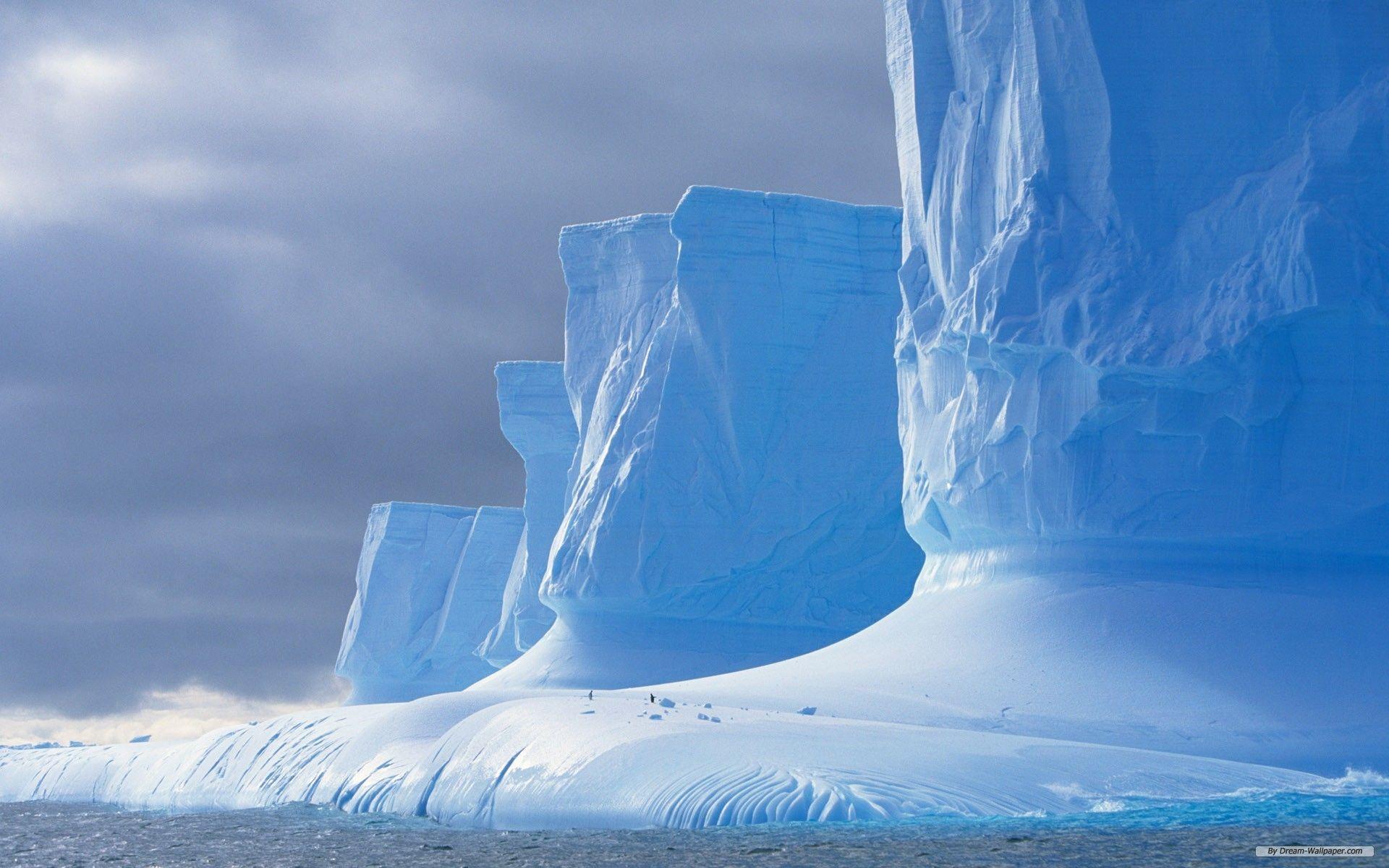
On Earth, life perpetuates itself, unfolds in cycles. Even decay and death serve this marvelous purpose—through rebirth. Life on Earth is undergoing a great death of our own doing, a mass extinction and a warming climate. Progress’s promises, fueled by an inflated sense of humans’ power over nature, are failing us. To respond to the climate crisis, we must re-align our vision and be open to the Otherness of everything. Even a glacier—and maybe especially a glacier—can be our teacher in this.
As we descend, our shadow bloats and the glacier’s seemingly smooth surface reveals itself as sastrugi—coarse, demented waves of snow and ice, whose streaks widen and pattern geometrically, like a cuneiform language.
Immanuel Levinas, a Jewish philosopher and World War II prison camp survivor, wrote that when we treat an ‘Other’ as an object, we reduce it, limit our experience of it. In a true encounter, the face of the Other returns our gaze—in it, we glimpse a trace of the infinite. The Other always exceeds us.
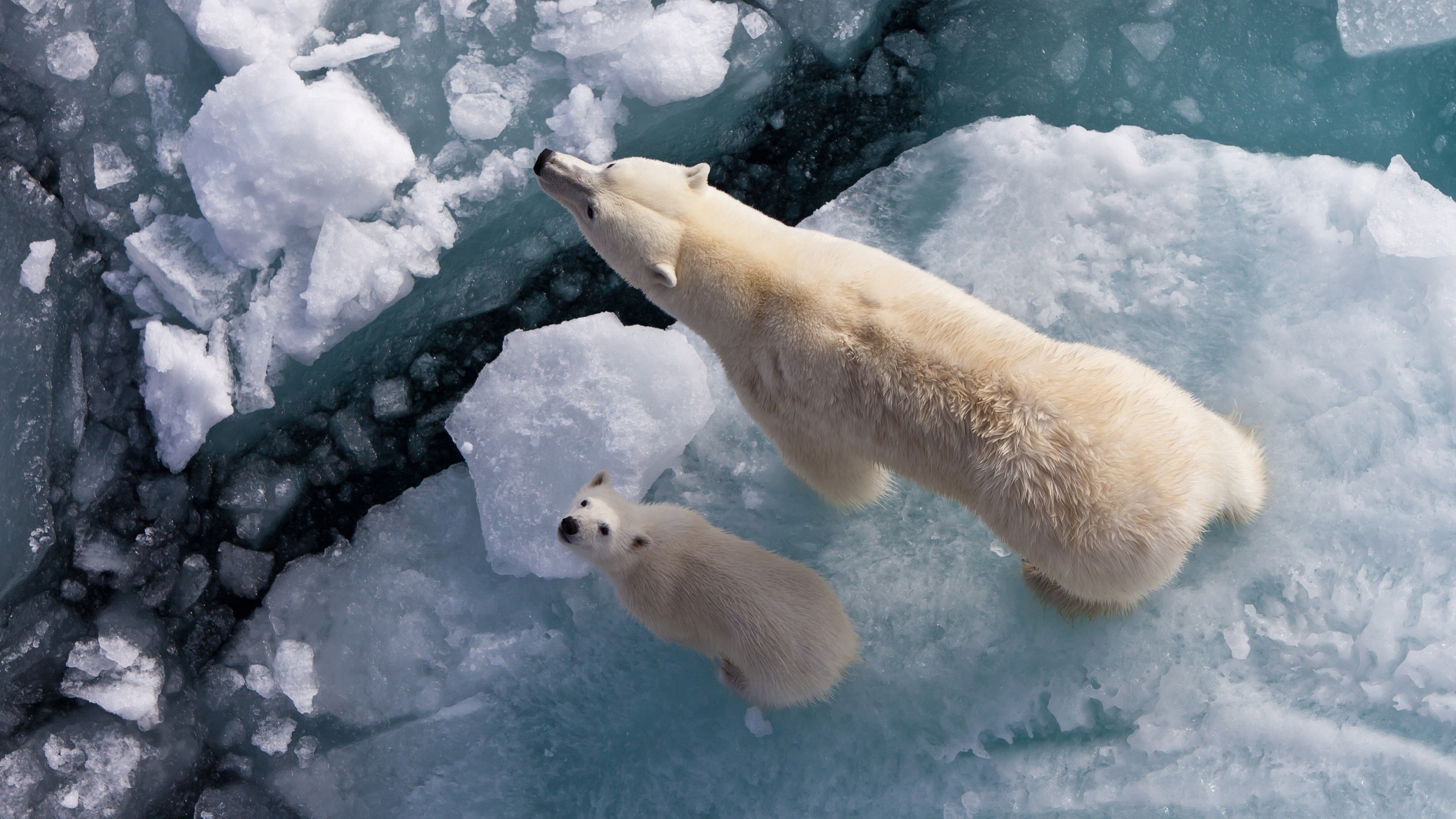
Some theologians and philosophers espouse the idea that humans are the universe observing itself. There is truth to this. We’re made of the same raw material that makes Earth, the moon, and stars. But this idea positions human consciousness—our awareness—as the peak of the universe’s evolution. We are Earth and universe and mostly water, you and I—and so are the glaciers, who exceed us.
The plane’s skis touch down and glide—then lift off. We whirl in the air and disturb the same place as if daring to stroke a feather on a great snowy owl. We test for crevasses one more time. The glacier allows us to land.
Referees of anthropomorphism might blow a whistle here: “Don’t project!” We are comfortable with glaciers as inert matter, passive and subject to physics. Glaciers are informative and useful—icons for the climate crisis. As long as they stay frozen, they preserve our shore-loving civilizations and ways of life. But what if we opened ourselves to the idea of glaciers as creatures—as alive and intelligent in a way that we might not be able to comprehend? Our vision might expand beyond lazy anthropomorphism. Instead of focusing our apertures on ourselves, we might experience a true encounter with the Other.
The plane ascends and light mutes, smudging the horizon. The surface smooths into loose reflective silk, disguising whether light’s true origin is from above or below. We curve towards a spine of mountains that crosses the continent. We float into a valley, a marbled cathedral with no roof. On a human time scale, all appears still. But these mountains and glaciers are moving.
Glaciers are incredibly responsive to life’s purpose, its continual unfolding. When conditions call for it, they grow—or recede. Earth’s current iteration of glaciers are dying in most places, but glaciers covered the planet thrice before humans existed. Some scientists speculate that the last ‘snowball Earth’ triggered the evolution of multicellular life, including ours. Glaciers, in a way, are our ancestors and worthy of respect.
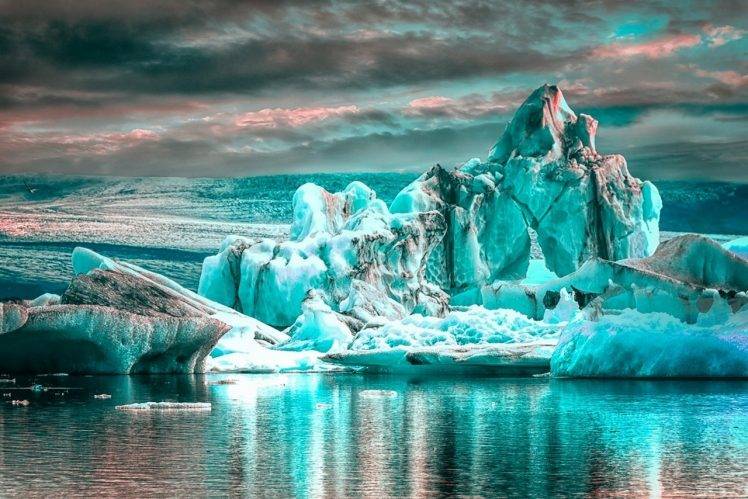
Ancient ice holds arcane knowledge—the history of the cosmos—in its body. Some indigenous oral histories describe glaciers as sentient beings who respond to human behavior. Athapaskan stories describe glaciers responding to human insolence—like insulting elders and cooking greasy food nearby—with a deluge of water. Perhaps glaciers are responding to human insolence today.
Ample glaciers—sometimes smooth, sometimes dimpled—drape themselves on waves of mountains. Glacial bodies feel their way down the sides of elderly mountains into a massive current, whose patient splash onto the flat ice shelf wrinkles like loose skin.
Calling glaciers ‘alive’ won’t stand up to empirical knowledge. But there are other valid ways to know, like through tradition and experience. We think of brains as the habitat of knowledge. But the human brain is in the body. Knowledge always happens in the body.
In Spanish, the words saber and conocer translate into English as ‘to know.’ But they aren’t interchangeable. Saber, ‘knowing facts,’ is intellectual, distant. Conocer is about familiarity and recognition; it’s personal, intimate, from experience. I can know about glaciers intellectually, scientifically—saber, yo sé. I can also know them through experience, relationship, my body—conocer, yo conozco. Feeling is a way of knowing, too.
Glaciers are skin. Layers of layers. Oceanic. Mesmerizing faces that hold depth itself. Skin: membrane, shell, hull, rind, fur, husk, bark, exoskeleton, crust, rocks, snow, mile-thick ice, a continent. Skin camouflages—and reveals. Skin is epistemology, a way we know. Skin protects—or tries to. Wounded, skin becomes scars. Scarred—especially scarred—skin is alive.
Humanness is not the only measuring stick of aliveness, intelligence, and worthiness. Earth, and all of its parts, are alive. Humans will always be one of our own main points of reference; our gazes will never be perfect. But we can de-center ourselves from stories. Instead of merely looking, we can try to see.
We land on the ice shelf near the research station. The glacier holds me, lost mittens, shredded tents, skeletons, meteorites, stardust, microbes, fossils, ancient air, broken snowflakes, histories, possibilities, words, warnings, worlds.


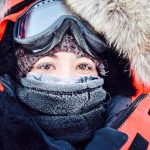
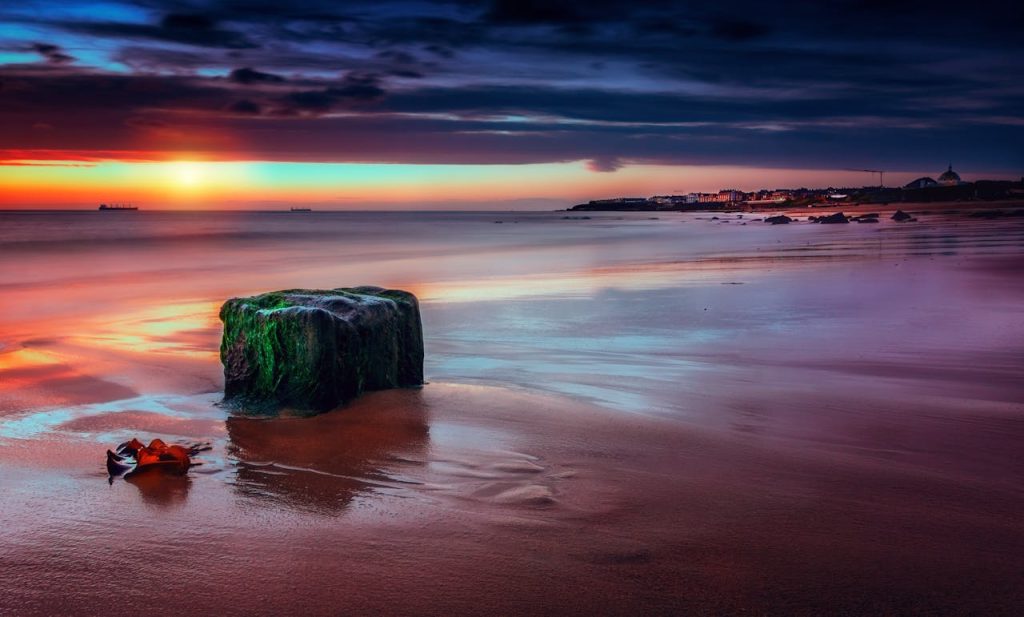
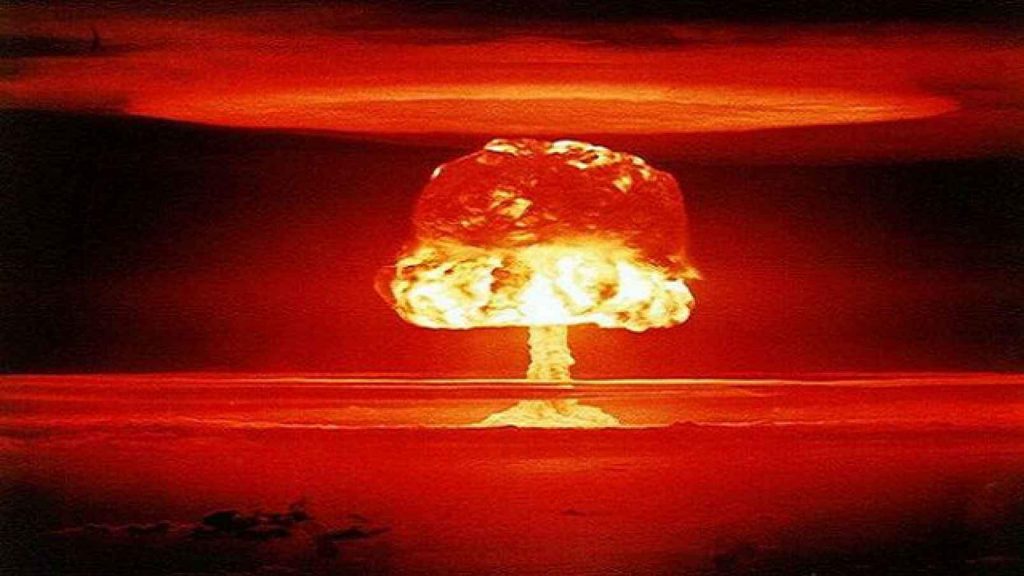
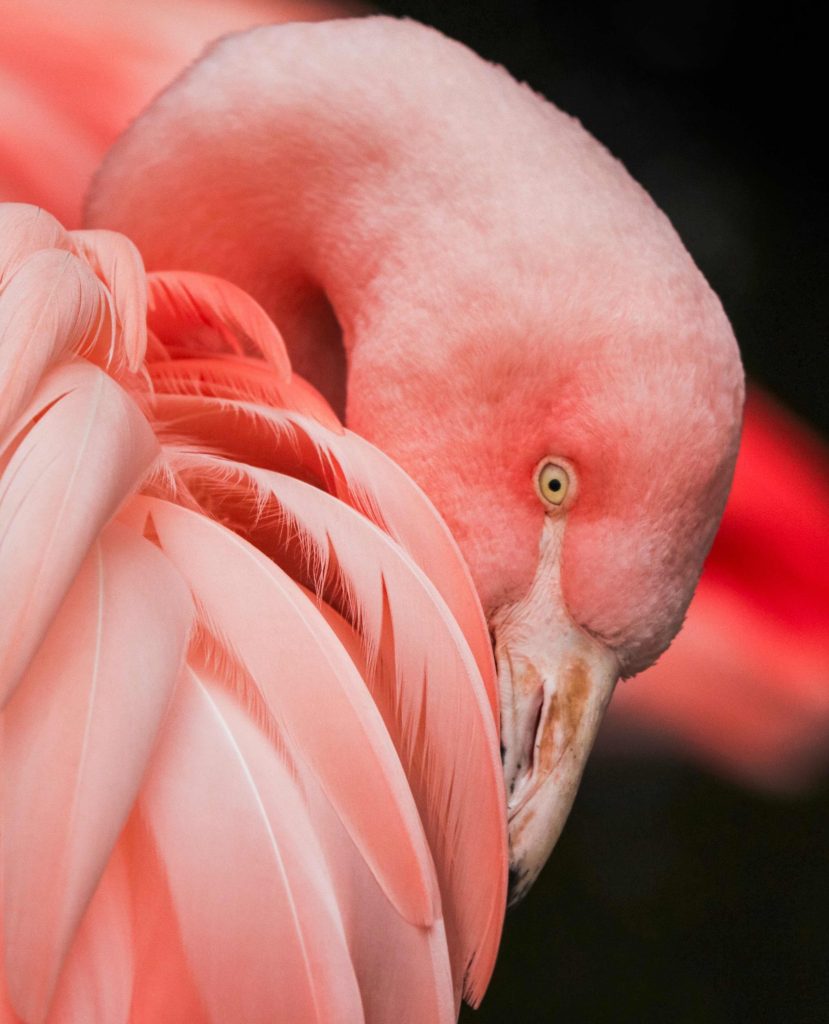
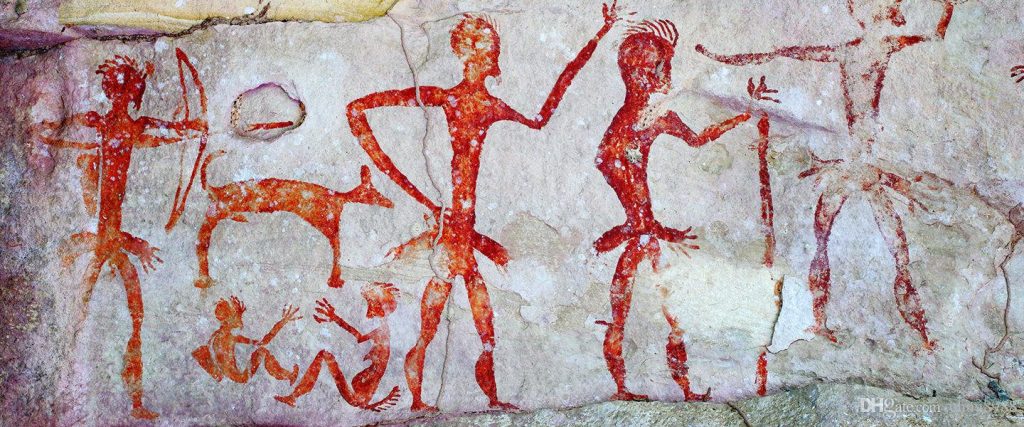
Thank you Steph, for this powerful glimpse of the kind of ‘knowledge’ you carry.
Thank you, Shaun!